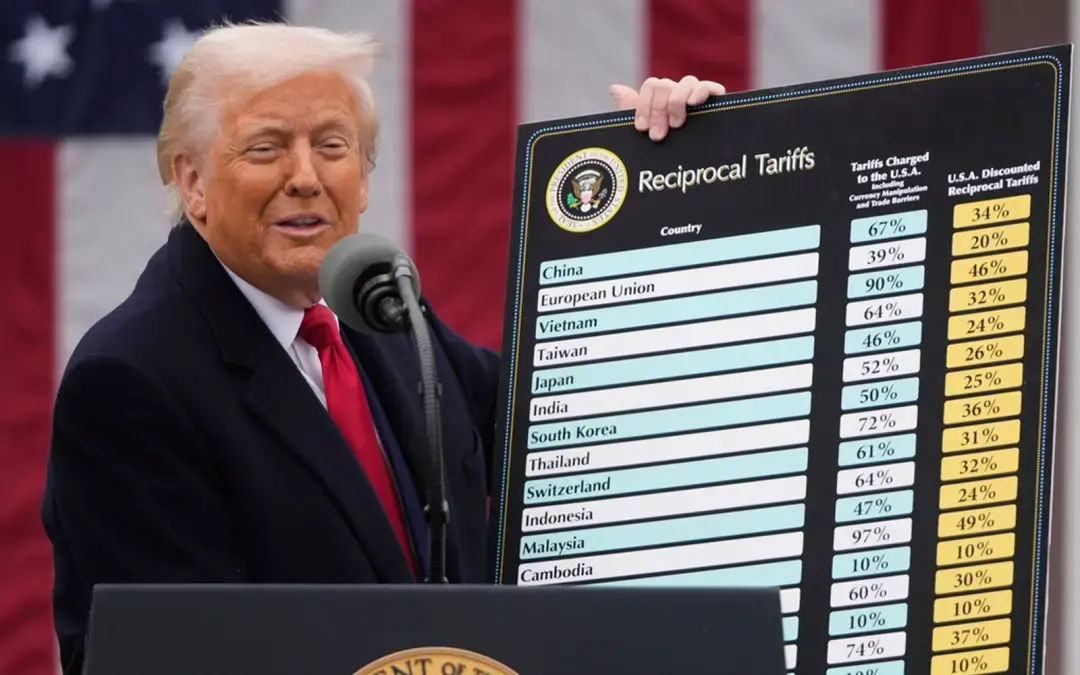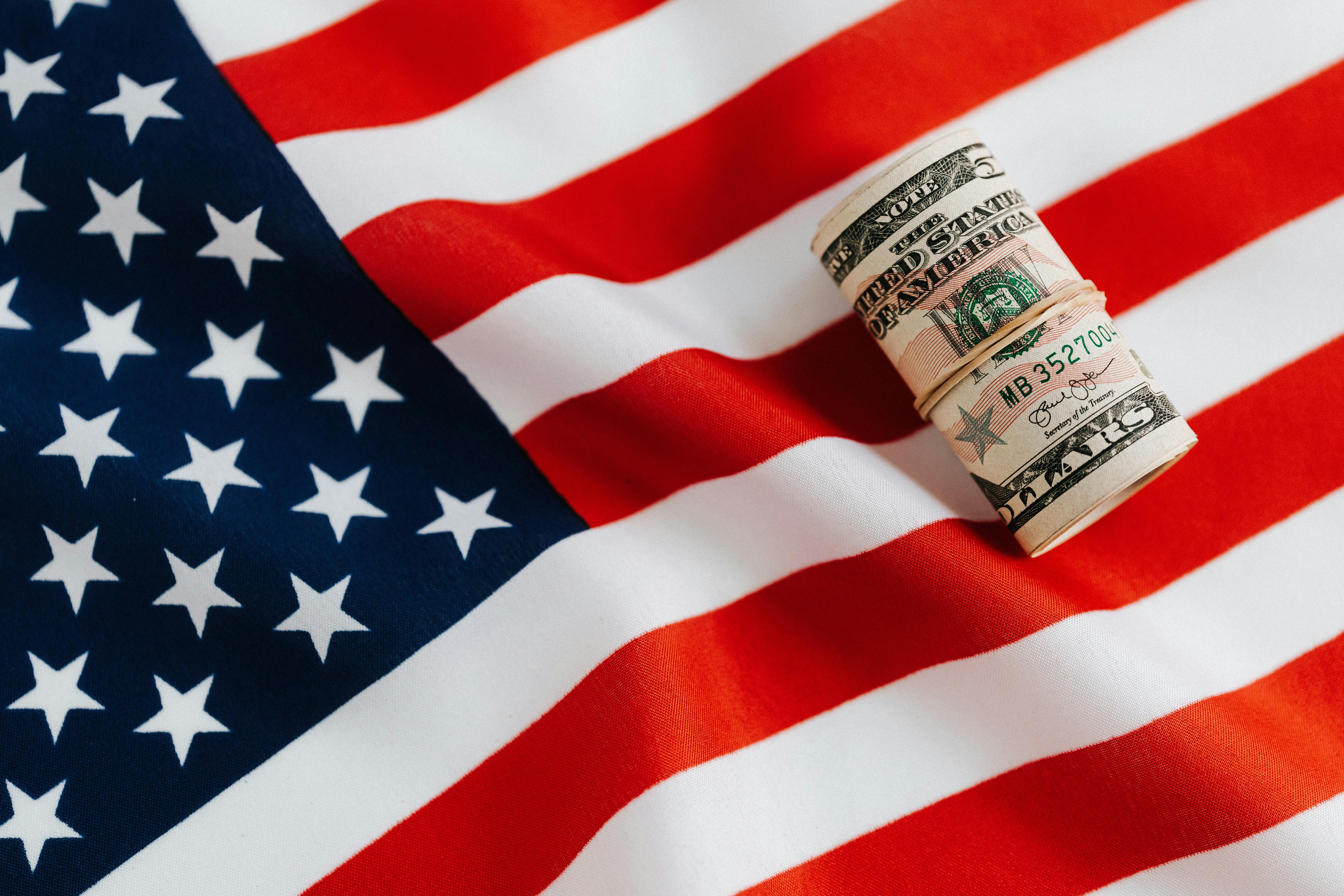Trump Threatens Further Auto Tariff Increases to Drive Domestic Production
President Donald Trump signaled on June 12, 2025, that he may escalate automotive tariffs beyond the current 25% rate to accelerate domestic manufacturing investments. Speaking at a White House ceremony where he formally revoked California's electric vehicle mandate, Trump warned automakers that higher tariffs could be implemented "in the not too distant future" to compel additional plant construction in the United States.
The president's latest tariff threat comes as automakers grapple with the economic impact of the existing 25% levy on imported vehicles, which has already forced production shifts and price increases across the industry. As detailed in our comprehensive analysis of Trump's original tariff impact, these trade policies are fundamentally reshaping global automotive supply chains and international shipping patterns.
Automaker Investment Surge Under Tariff Pressure
Trump cited recent major investment announcements as evidence that his tariff strategy is working, highlighting General Motors' commitment to invest $4 billion across three U.S. plants while relocating some SUV production from Mexico. The president also referenced Hyundai's substantial $21 billion investment package announced in March, which includes plans for a new U.S. steel manufacturing facility.
"They wouldn't have invested 10 cents if we didn't have tariffs, including for manufacturing American steel, which is doing great," Trump declared during the White House event. These investment commitments represent a direct response to the tariff environment, as automakers seek to reduce their exposure to import duties by increasing domestic production capacity.
General Motors announced this week that its strategic investment plan will boost U.S. vehicle assembly capacity to more than 2 million units annually by 2027, solidifying its position as a leader in both electric vehicle and internal combustion engine markets. The company reaffirmed its 2025 capital spending guidance of $10 to $11 billion, with expectations to invest $10 to $12 billion annually through 2027.
California EV Mandate Termination
In a parallel move that could reshape the automotive landscape, Trump officially terminated California's Advanced Clean Cars II regulation, which would have prohibited the sale of new gasoline-powered vehicles by 2035. The president signed three Congressional Review Act resolutions at the White House ceremony, effectively blocking California's unique authority to exceed federal vehicle pollution standards.
"We officially rescue the US auto industry from destruction by terminating California's electric vehicle mandate, once and for all," Trump stated during the signing ceremony. The revocation affects not only California but also twelve other states that had adopted similar regulations based on California's framework, representing one-third of the auto market in the United States.
The move was celebrated by the Alliance for Automotive Innovation, representing major automakers including GM, Stellantis, Toyota, Hyundai, and Volkswagen. "The fact is these EV sales mandates were never achievable," said Alliance CEO John Bozzella. "In reality, meeting the mandates would require diverting finite capital from the EV transition to purchase compliance credits from Tesla."
Industry Cost Pressures and Responses
The existing 25% tariff structure is already generating significant financial pressure across the automotive sector. As outlined in our detailed tariff impact analysis, major automakers are facing billions in additional costs that are being passed on to consumers through higher vehicle prices.
General Motors reported current tariff exposure between $4 billion and $5 billion, including approximately $2 billion related to entry-level Chevrolet and Buick models imported from South Korea. Ford Motor estimated that tariffs would cost the company about $1.5 billion in adjusted earnings, leading to price increases on several models.
Mexican-assembled vehicles face an average tariff of 15% rather than the full 25% rate, as the U.S. provides reductions based on American content value. However, the Detroit Three automakers have criticized the recent U.S.-UK trade deal that reduces tariffs on British car imports while maintaining higher rates on Canadian and Mexican production.
International Shipping Market Implications
The evolving tariff landscape continues to drive significant changes in international automotive shipping patterns. As explored in our comprehensive tariff impact guide, shipping companies are adapting to reduced import volumes from traditional markets while seeing increased demand for classic vehicle imports that qualify for exemptions.
The 25-year rule exemption for classic cars has created a thriving parallel market, as vehicles over 25 years old continue to face only the standard 2.5% duty rate. This exemption has sparked increased interest in European classics and Japanese domestic market vehicles that can now be imported at significantly lower cost than modern equivalents.
Several manufacturers have already suspended vehicle shipments to the United States in response to the tariff environment. Jaguar Land Rover and Audi have paused all vehicle shipments to the U.S. from European factories, while Stellantis halted production in Canada and Mexico, resulting in approximately 900 layoffs across five U.S. plants.
Manufacturing Realignment Accelerates
Trump's threat of further tariff increases reflects his administration's strategy of using trade policy to reshape global automotive manufacturing patterns. The approach appears to be generating the desired response, with automakers announcing billions in new U.S. investments to reduce their dependence on imports.
"I might raise that tariff in the not too distant future," Trump remarked during the White House event. "The higher the tariff, the more probable it is that they establish a facility here." This escalating pressure demonstrates the administration's commitment to using trade tools to achieve domestic manufacturing objectives.
The automotive industry has been urging the administration to reduce the 25% tariffs, but Trump's comments suggest the opposite direction. Automobile stocks fell early Friday following the president's threatening remarks about potential tariff increases.
Challenges of Long-Term Industrial Planning
While the tariff strategy appears to be generating immediate investment commitments, industry experts note that automotive manufacturing operates on much longer timelines than political cycles. Automakers design cars on 7- to 10-year cycles and must enter into contracts with factories and suppliers years in advance of new designs.
Each presidency lasts just four years, and Trump is already in his last term. Companies may be unwilling to make significant investments based on policies that change frequently, as they must project expenses forward across decades when building new manufacturing facilities.
Some of the recent investment announcements may have occurred regardless of tariff pressure. Automakers began moving much of their production to the U.S. before Trump's election to comply with Biden-era laws that created tax rebates for buyers of electric vehicles built mainly in the U.S. or certain partner countries.
Looking Ahead: Uncertainty and Strategic Planning
The automotive industry faces continued uncertainty as Trump maintains pressure for additional domestic production through potential tariff escalation. Automakers must balance the immediate costs of existing tariffs against the long-term benefits of reduced import dependence through expanded U.S. manufacturing.
For international shipping providers and automotive importers, these policy developments underscore the importance of understanding exemptions and alternative market opportunities. As outlined in our original tariff analysis, strategic planning around classic vehicle imports and specialized market segments can help navigate the challenging trade environment.
The combination of tariff pressure and regulatory changes like the California EV mandate revocation signals a fundamental shift in U.S. automotive policy, with domestic production taking precedence over international trade integration. As these policies continue to evolve, both automakers and shipping companies must remain agile in adapting their strategies to the new regulatory landscape.
The threat of additional tariff increases beyond the current 25% rate creates even greater uncertainty for global automotive supply chains, potentially accelerating the reshoring trend while imposing additional costs on American consumers in the near term.
You May Also Like
These Related Stories

90-Day Tariff Pause Explained: Impact on Global Car Shipping in 2025

Exporting US Cars Overseas: The Exhange Rate Advantage

-093789-edited.png?width=220&height=79&name=wcs_final_logo_(1)-093789-edited.png)